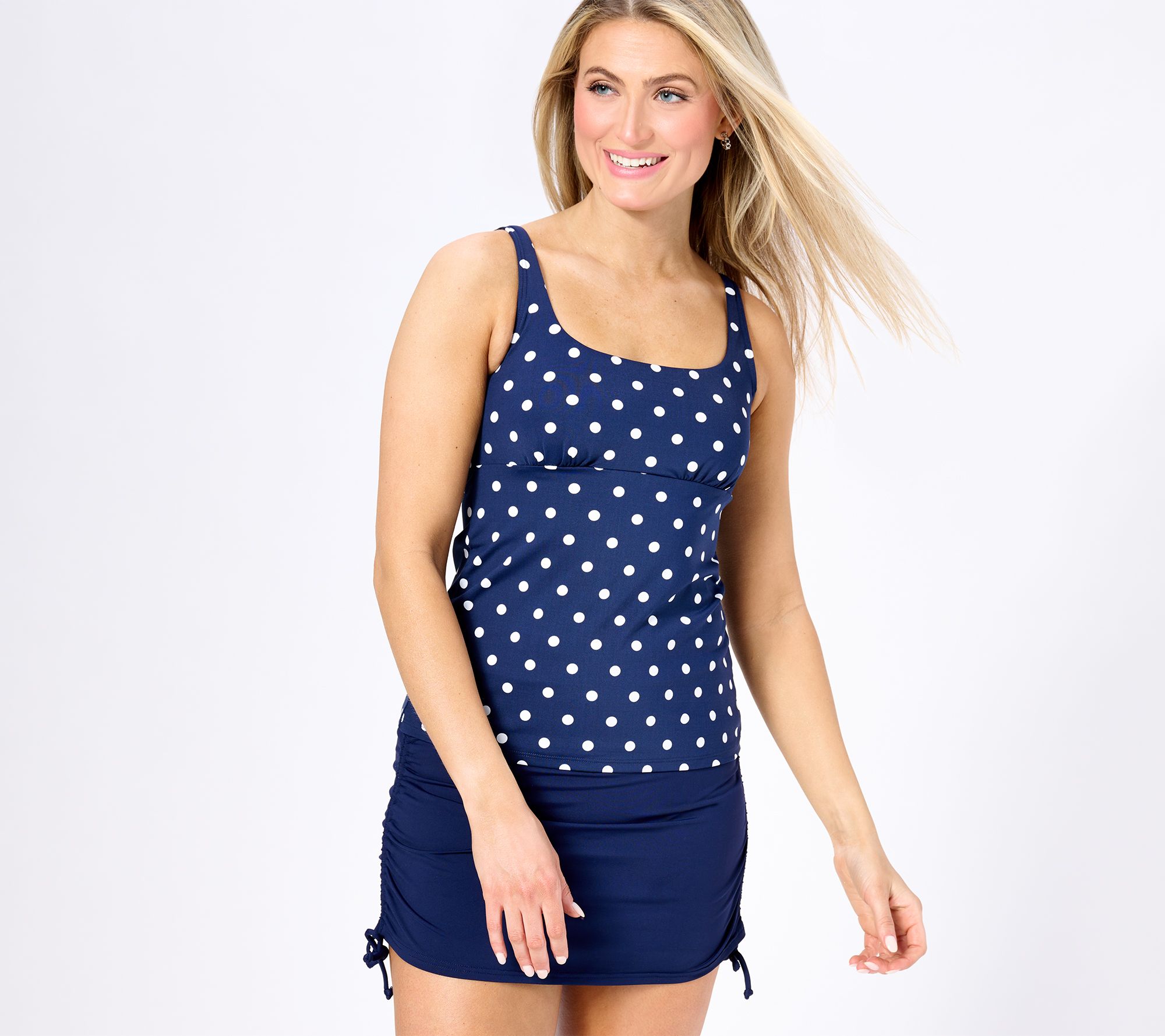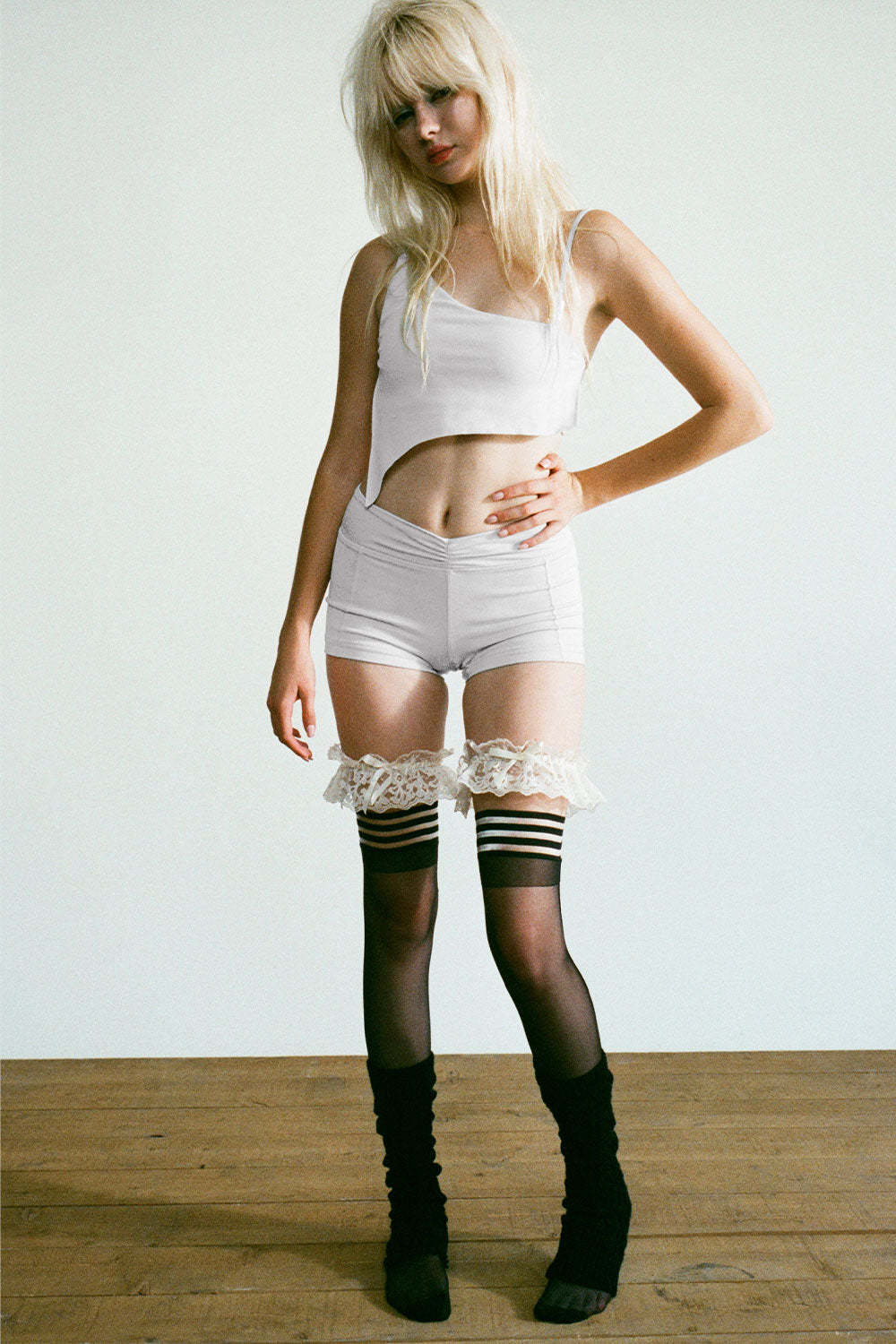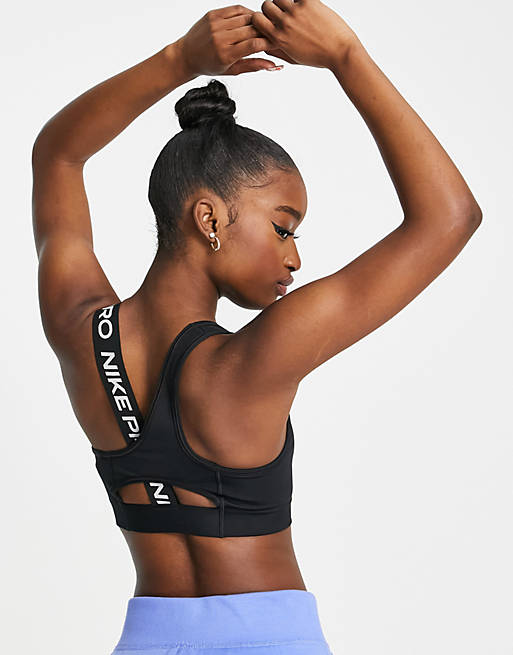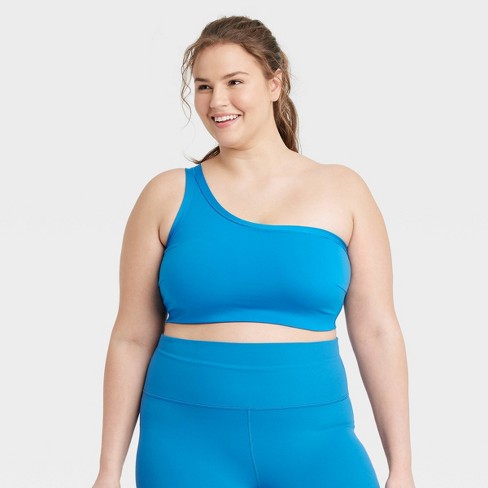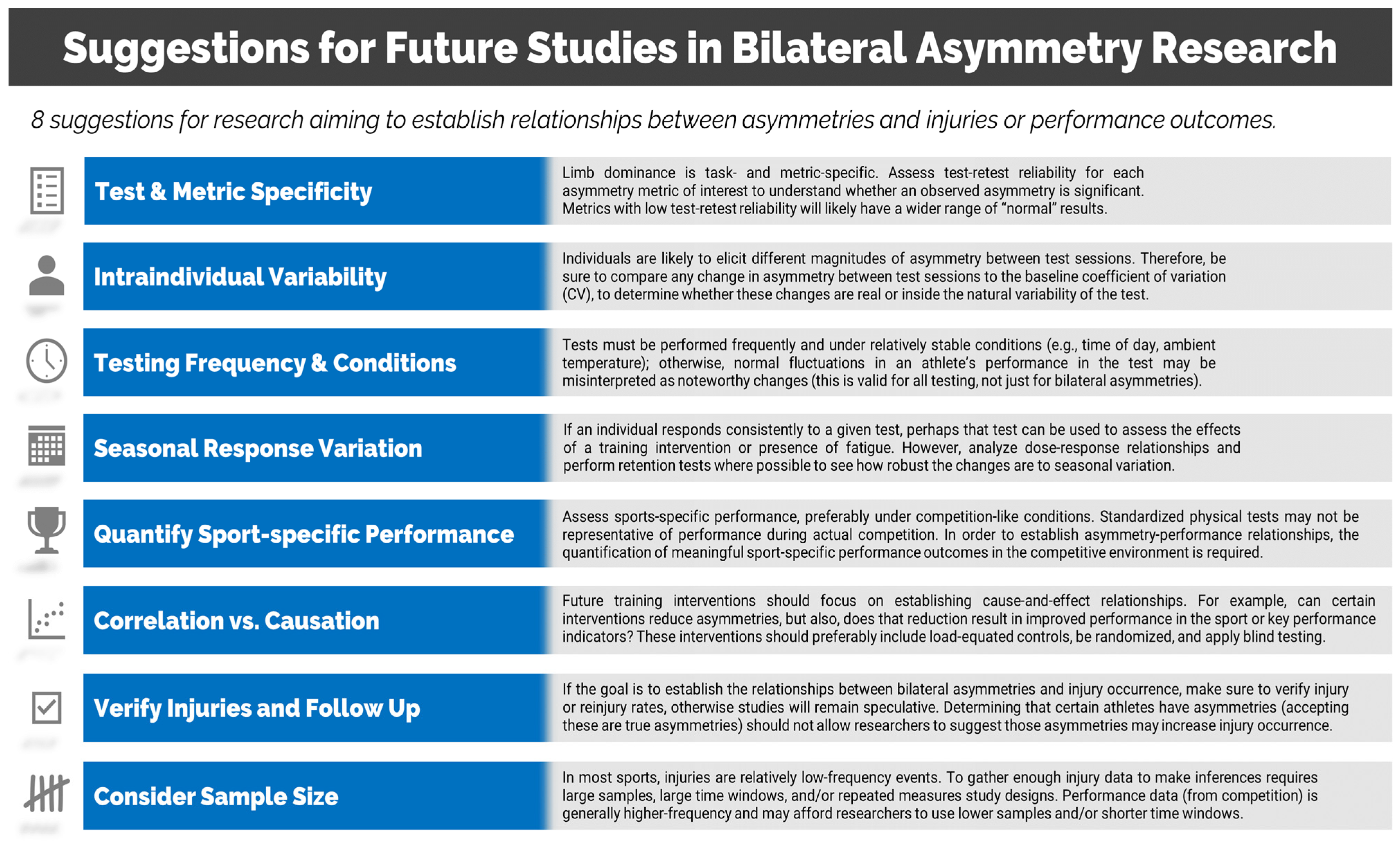Symmetry, Free Full-Text
4.9 (289) · $ 12.50 · In stock
(1) Background: Asymmetry is ubiquitous in nature and humans have well-established bilateral asymmetries in their structures and functions. However, there are (mostly unsubstantiated) claims that bilateral asymmetries may impair sports performance or increase injury risk. (2) Objective: To critically review the evidence of the occurrence and effects of asymmetry and sports performance. (3) Development: Asymmetry is prevalent across several sports regardless of age, gender, or competitive level, and can be verified even in apparently symmetric actions (e.g., running and rowing). Assessments of bilateral asymmetries are highly task-, metric-, individual-, and sport-specific; fluctuate significantly in time (in magnitude and, more importantly, in direction); and tend to be poorly correlated among themselves, as well as with general performance measures. Assessments of sports-specific performance is mostly lacking. Most studies assessing bilateral asymmetries do not actually assess the occurrence of injuries. While injuries tend to accentuate bilateral asymmetries, there is no evidence that pre-existing asymmetries increase injury risk. While training programs reduce certain bilateral asymmetries, there is no evidence that such reductions result in increased sport-specific performance or reduced injury risk. (4) Conclusions: Bilateral asymmetries are prevalent in sports, do not seem to impair performance, and there is no evidence that suggests that they increase injury risk.

Schematic vertical sections through the plane of symmetry of the flow

Free printables for kids Symmetry worksheets, Geometry worksheets, Preschool worksheets

Symmetry, Free Full-Text
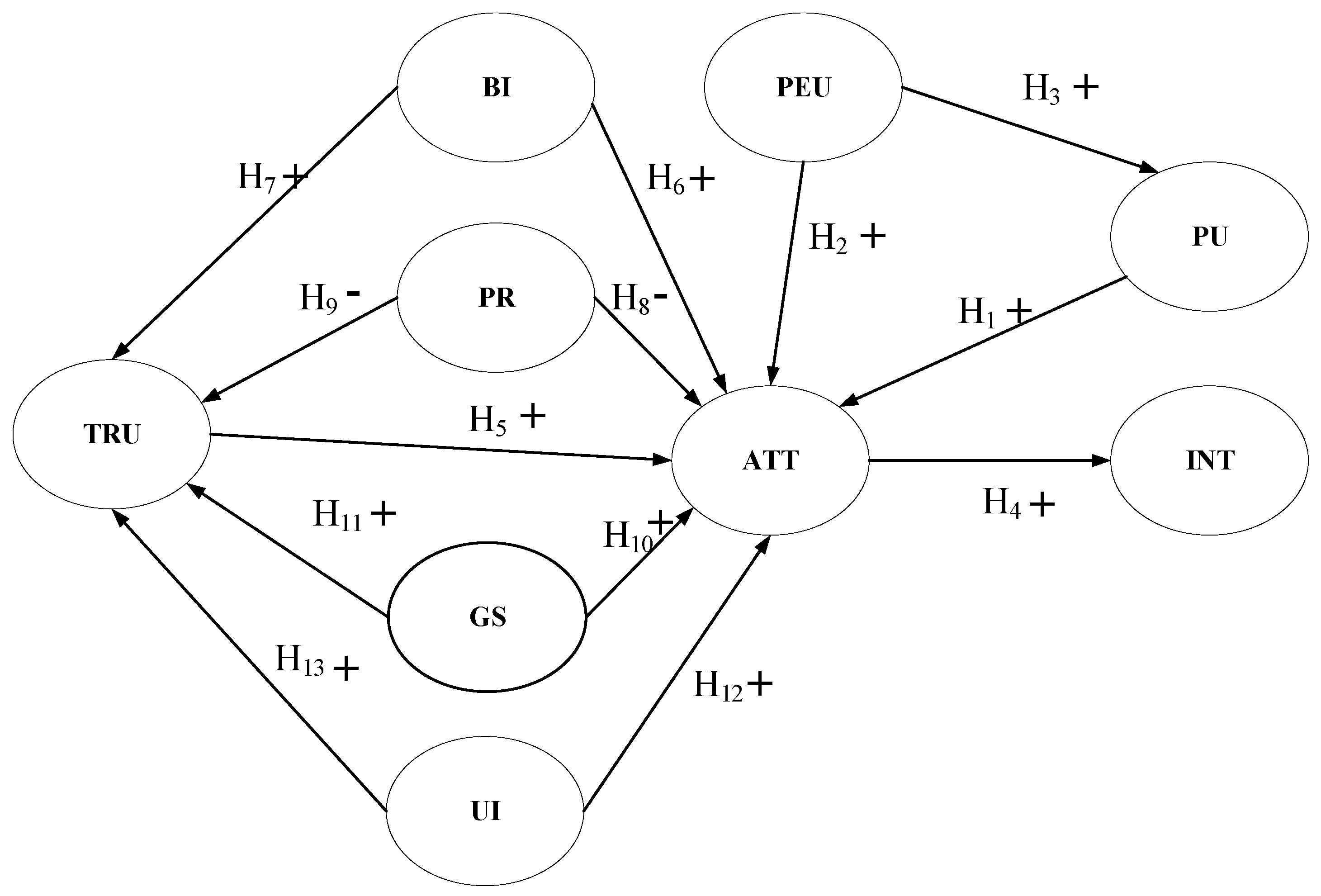
Symmetry, Free Full-Text
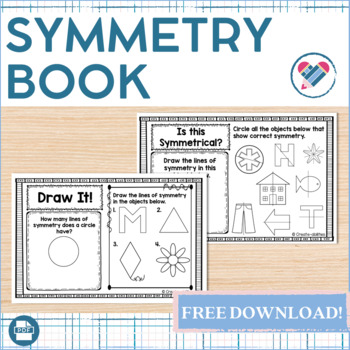
Symmetry Book by Create-Abilities
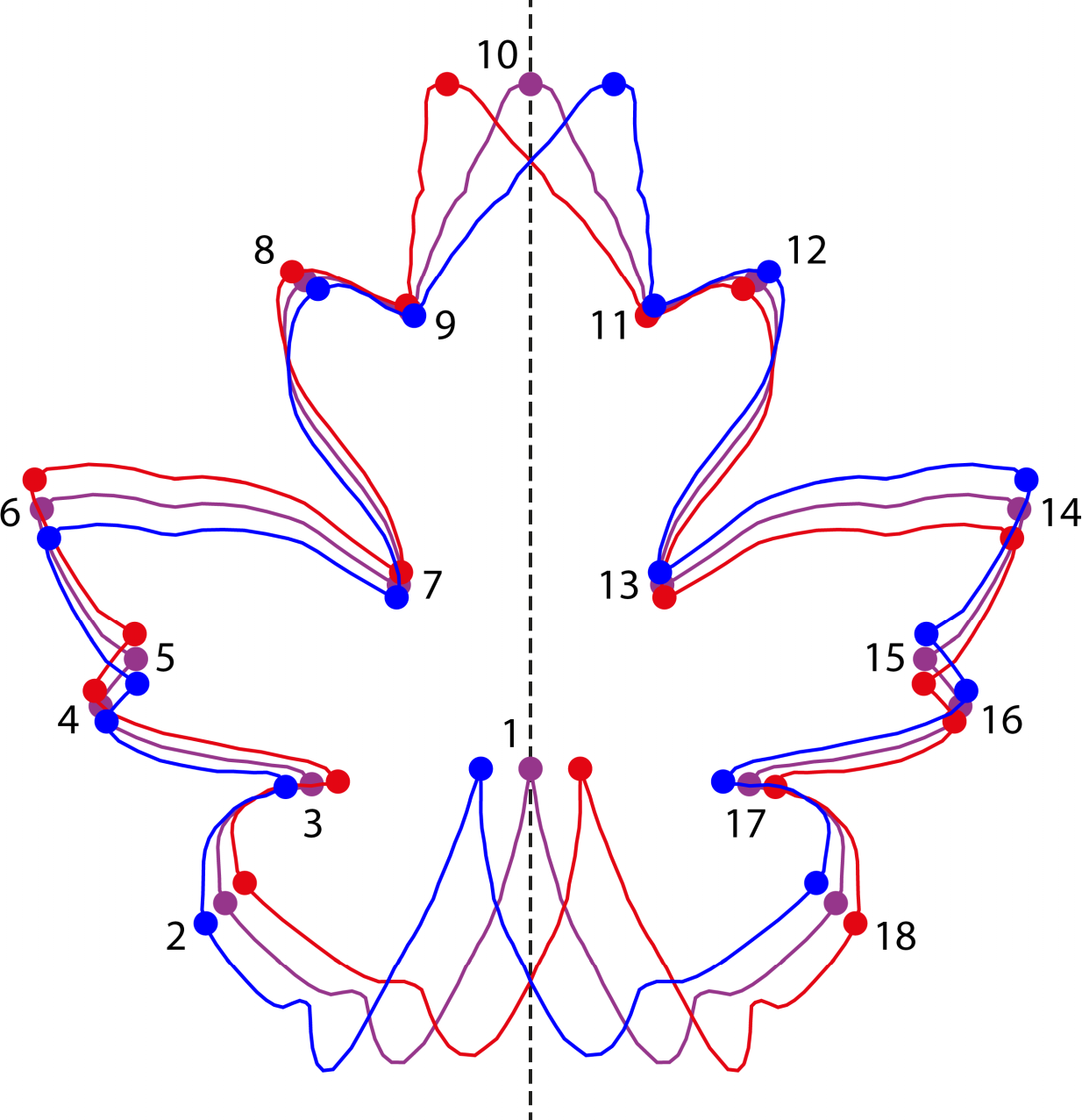
Symmetry, Free Full-Text
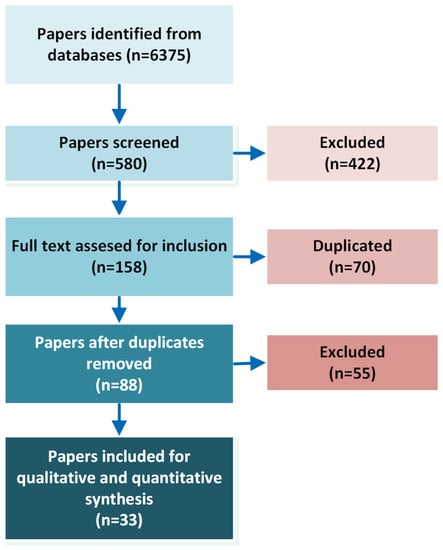
Symmetry, Free Full-Text
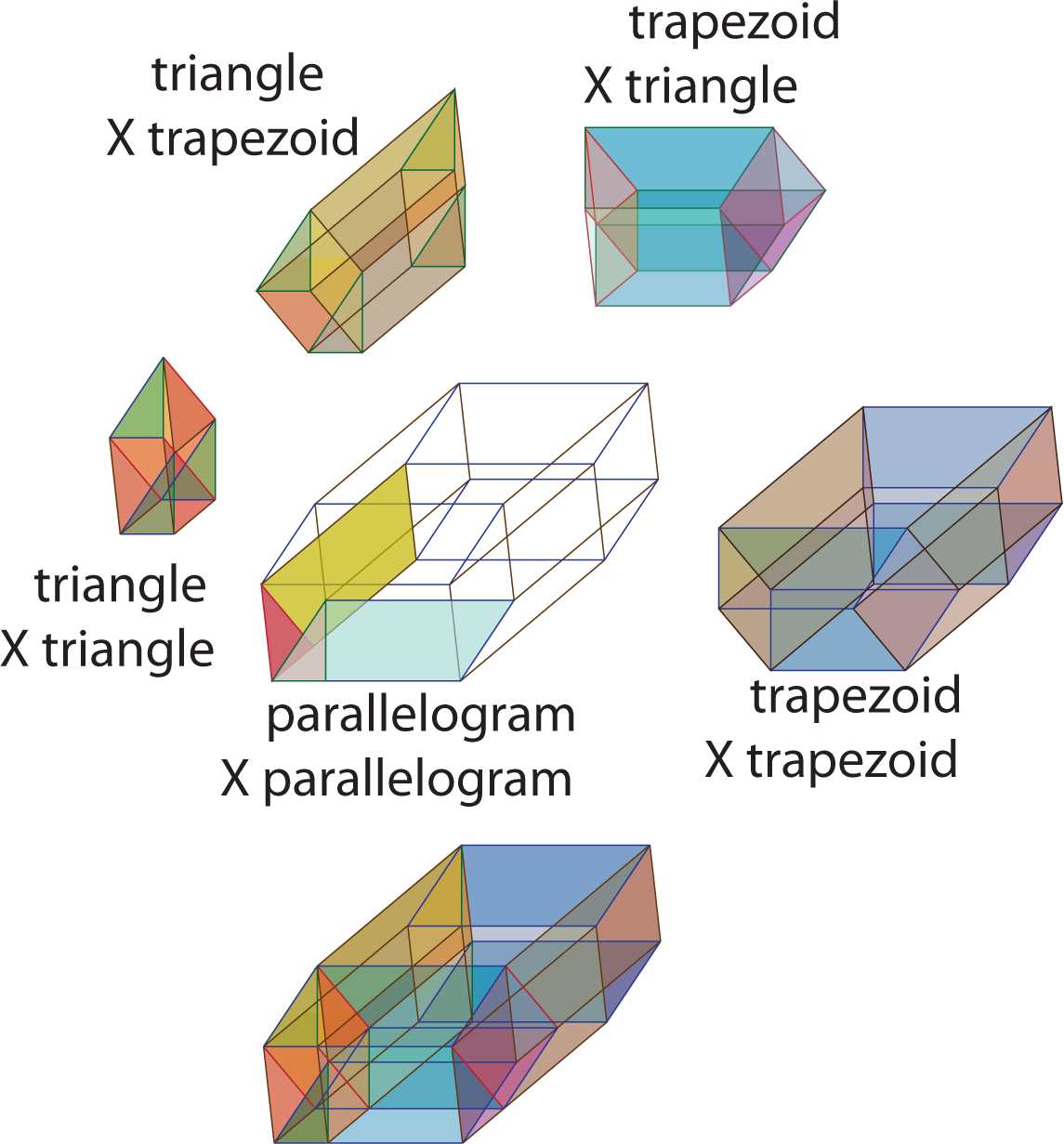
Cube in a Cube or the Intersecting Tetrahedra – Archimedes Lab Project, multiple cube
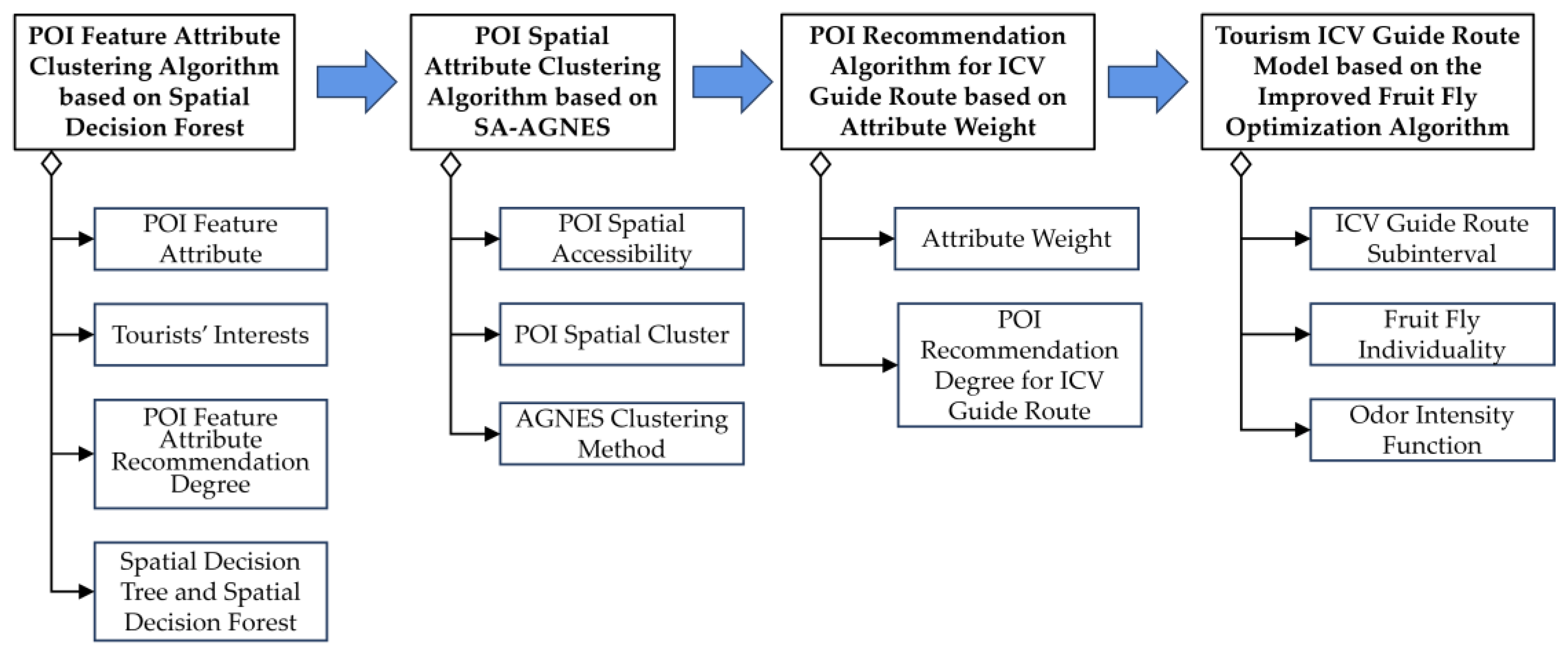
Symmetry, Free Full-Text

Worksheets 2024 - Thanksgiving Symmetry Drawing, Planerium
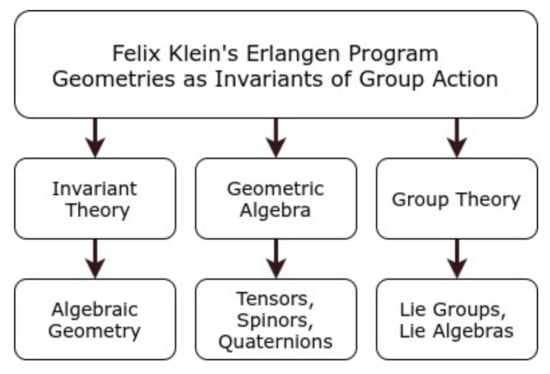
A cube has six different symbols over its six faces. The symbols are dot, circle, triangle, square, cross and arrow. Three different positions of the cube are shown in figures below. Which

The World of Symmetry - Free stories online. Create books for kids

Symmetry An Open Access Journal from MDPI





